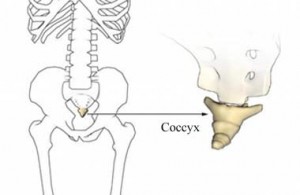 One of my least favorite yoga instruction, and I have a number of them, is the notion that a student can take their tail bone towards their heel. It is a standard instruction that I hear in many classes I take. I don’t get it. The tail bone doesn’t move down: it curls in towards the center of the body, and if the muscles that connect to it engage, the tail bone moves forward towards the pubic bone.
One of my least favorite yoga instruction, and I have a number of them, is the notion that a student can take their tail bone towards their heel. It is a standard instruction that I hear in many classes I take. I don’t get it. The tail bone doesn’t move down: it curls in towards the center of the body, and if the muscles that connect to it engage, the tail bone moves forward towards the pubic bone.
Maybe I am too literal but it makes sense to me that our instructions as yoga teachers should be anatomically accurate.
I taught a really fun workshop for a group of teacher trainees this past weekend. During it there was a student who wasn’t so into my verbiage. And I am the first to admit I can be wasteful with my words but I do try to be accurate. I was using one of my standard instructions, “take the navel to the spine.” This for me signals an engagement of a deep muscle in the lower belly called the transverse abdominus. The student suggested that she would never use this instruction, but would always say “in and up” to describe the action I was talking about. But I was being literal. The transverse abdominus moves in, not up. The rectus abdominus, our sits ups muscle moves up and down. So when this student gives the instruction in and up, she is talking about two muscles, not one. It all works, but again, I am into being literal about the anatomy.
Back to the tailbone; it doesn’t move down. “Move the sacrum down to the heel”, would be the more accurate instruction if you are looking for a downward image. But I love any talk of the tail and the use of the tail moving forward is key to one of my most important concepts, the spine lengthens in two directions.
Teach anyway you want because the accuracy of your instruction is not really going to be the determinant of how good you are as a teacher, is but it can’t hurt to be precise.
